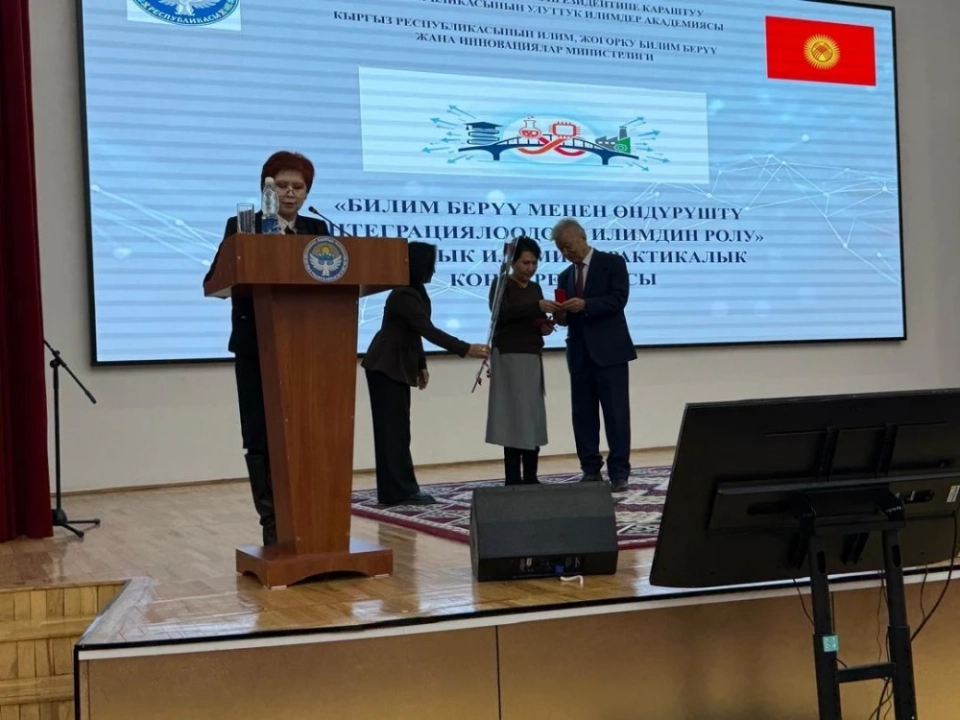The main task of the department is to unite science and practice in medicine. Kalyzbubu Nogoybaeva emphasizes that for achieving quality healthcare, scientific recommendations must be closely linked to the practice of physicians, which will ensure more effective treatment for the population.
- In what areas does Kyrgyzstan need research in medicine?
- In global practice, there are many studied areas; however, Kyrgyzstan can offer unique nuances in diagnosis and treatment, considering that our country has a mountainous terrain. For example, it is important to understand how high altitude affects the course of diseases among local residents and those who have moved there.
Moreover, there are scientific schools in Kyrgyzstan conducting interesting and unique research. The scientific achievements of the country attract interest beyond its borders, especially in the CIS, where Kyrgyz scientists actively participate in international conferences.
- What can you say about the youth in Kyrgyzstan's science?
- In the last five years, I have been working with graduate students, and currently, we have about 250 students enrolled. The new generation of graduate students is significantly different from their predecessors: they are proficient in English and often speak three languages. Their logical thinking and computer skills are also at a high level. Many of them have internship experience in countries such as Turkey, the USA, Japan, and South Korea, and they actively publish in international journals like Scopus, which indicates the high level of their research.
- What difficulties do scientists in Kyrgyzstan face?
- For the older generation, there is a language barrier that complicates publications in highly indexed journals, as many of them are not native English speakers. Publications in Russian-language editions, while useful, have a more limited audience.
If our research were published in English-language journals, interest in it would be significantly higher.Moreover, high-quality journals often require significant fees for publications. For example, articles in Q1 journals can cost between 5,000 to 6,000 euros, which is a serious barrier for many scientists. As a result, they choose more accessible options or submit their work to journals with free access for authors, which also raises questions about the visibility of their research on the international stage.
- What achievements in Kyrgyz medicine do you consider the most significant?
- Academics and professors in Kyrgyzstan demonstrate high publication activity and a significant Hirsch index. This index shows how often a researcher's work is cited, which speaks to the quality of their research. Therefore, the current focus is on the quality of publications rather than their quantity.
It is important not just to have many publications, but for them to be significant and in demand.If a researcher has only three publications, but they are cited, this indicates their significant contribution to science.
- What does science mean to you?
- I am a clinical physician, and for me, science is the foundation of quality healthcare. If the medical system of Kyrgyzstan is based on scientific data and evidence-based medicine, it will ensure safety and effectiveness of treatment for all citizens.
In conclusion, I would like to note that medical science in Kyrgyzstan has always been at a high level and continues to develop thanks to the efforts of academics and professors, as well as young scientists who contribute to the integration of local science into the global community.
I congratulate everyone on Science Day and wish that practical medicine in the republic is based on scientific data!The photo on the main page is provided by Kalyzbubu Nogoybaeva.




































